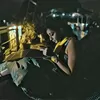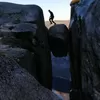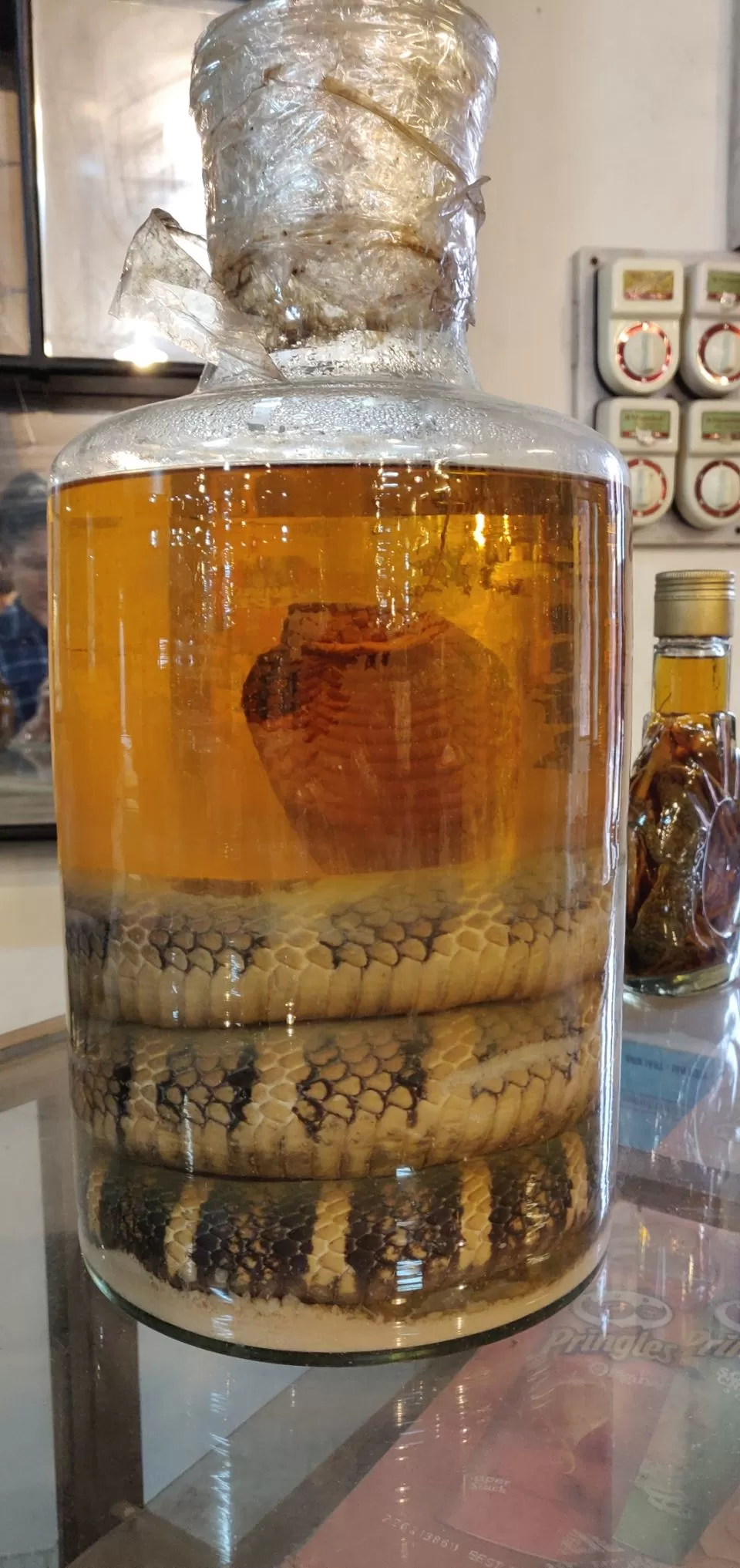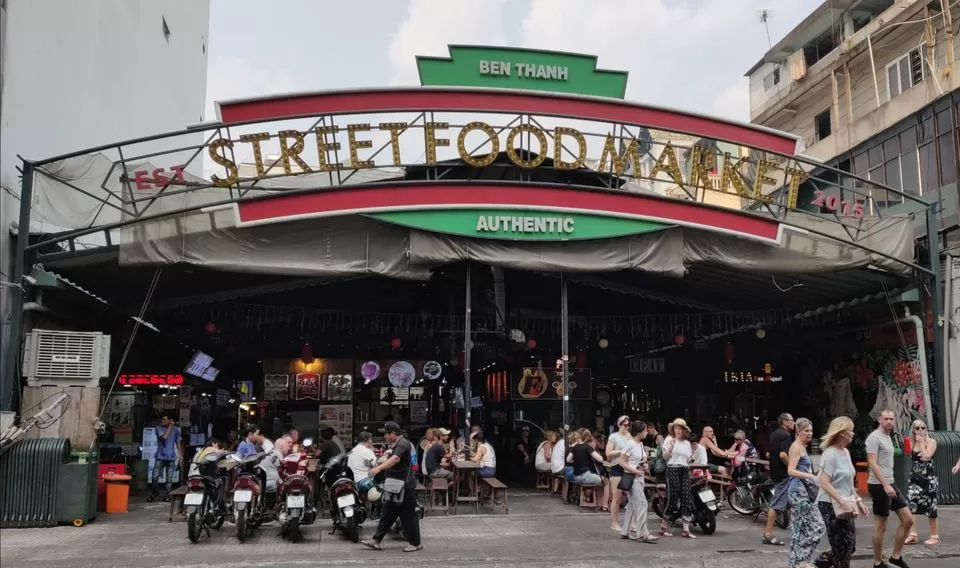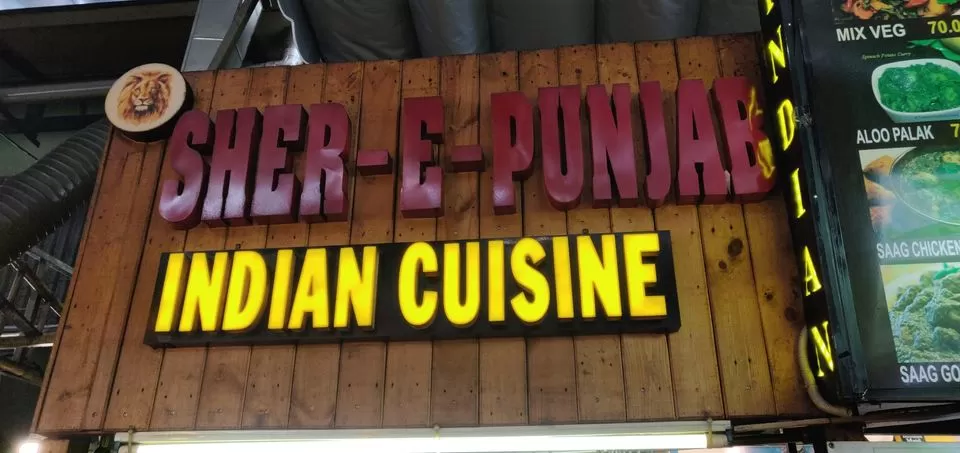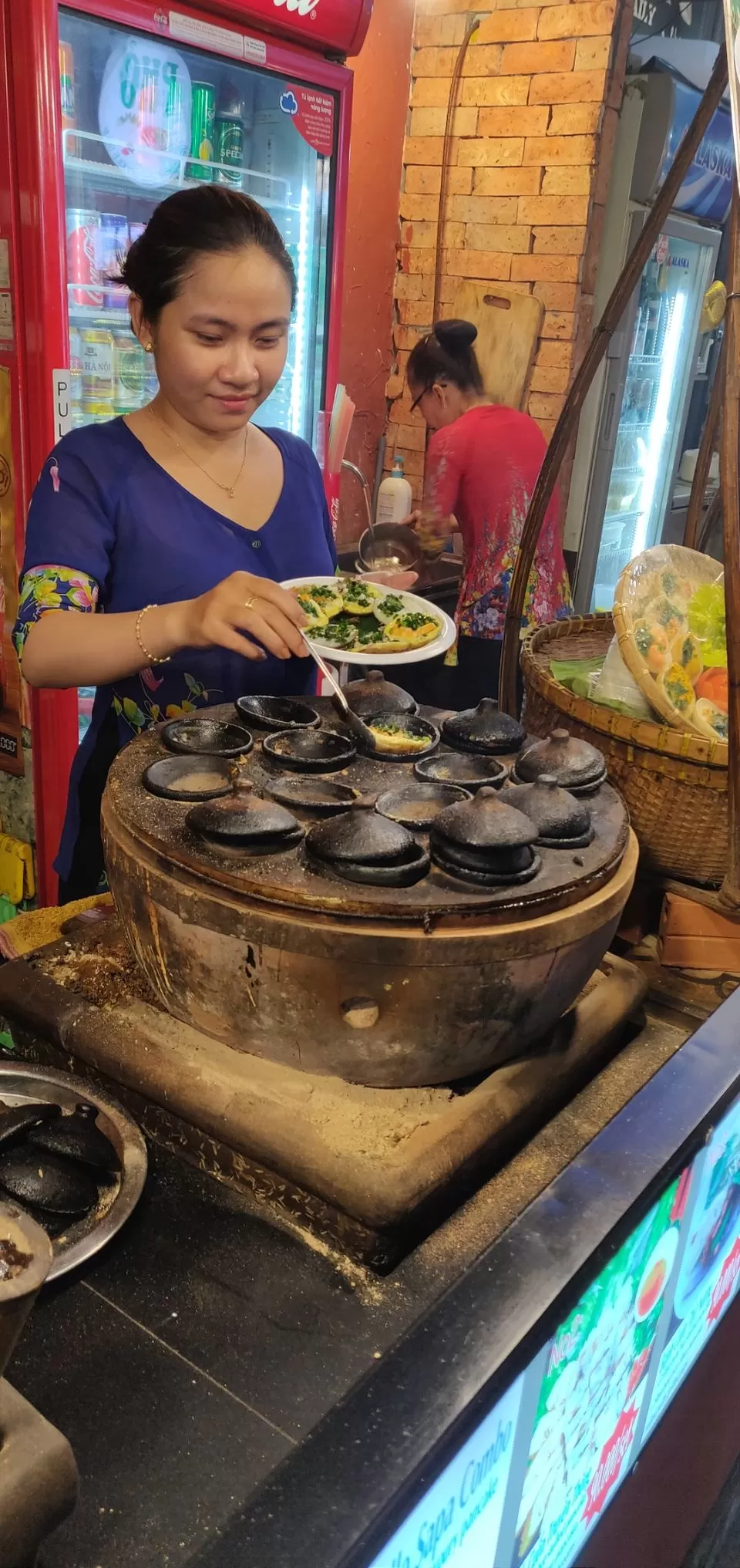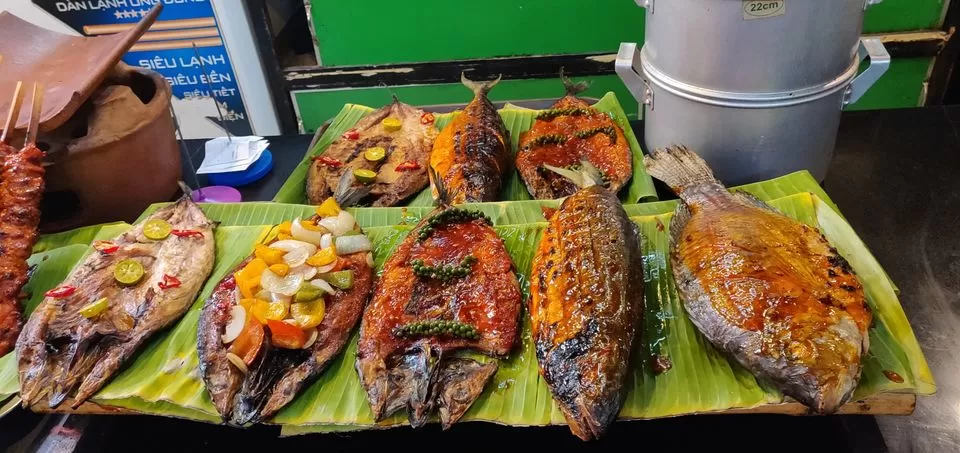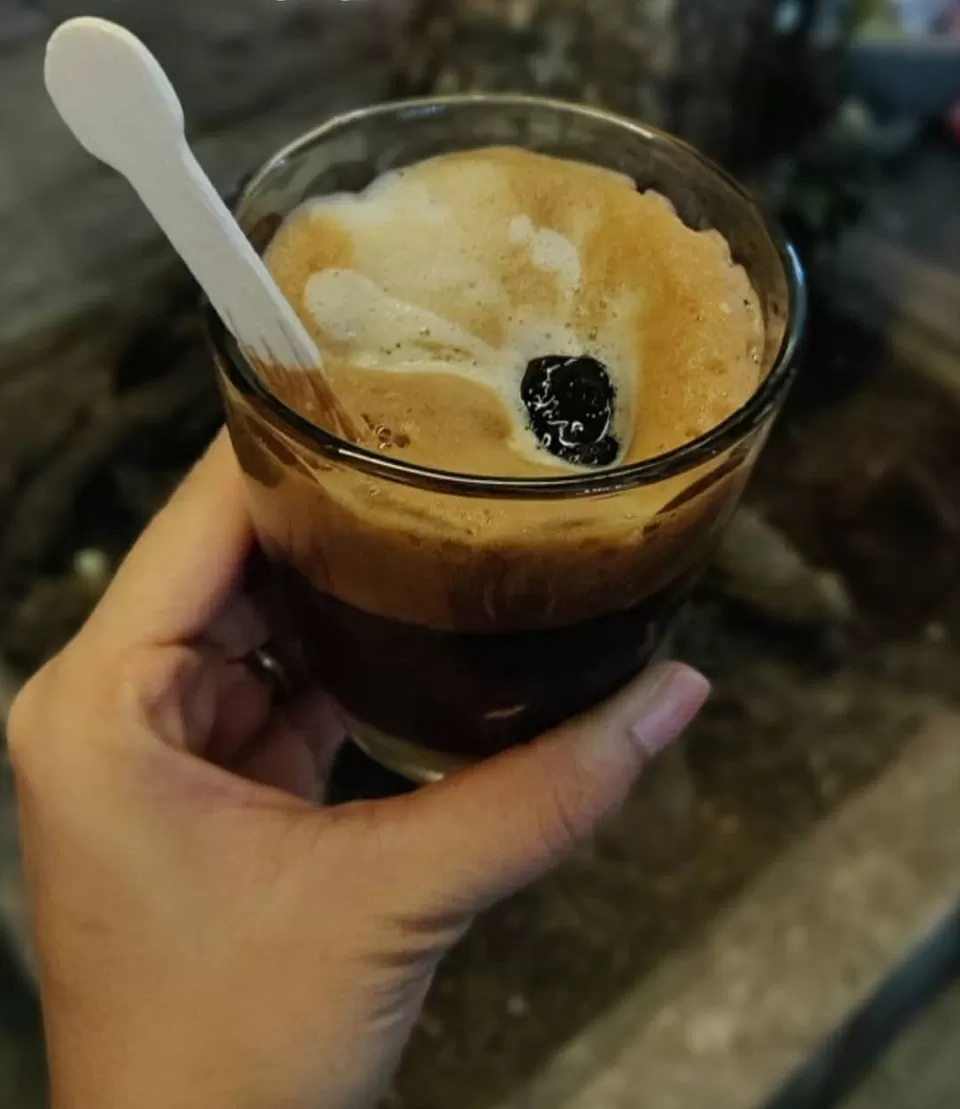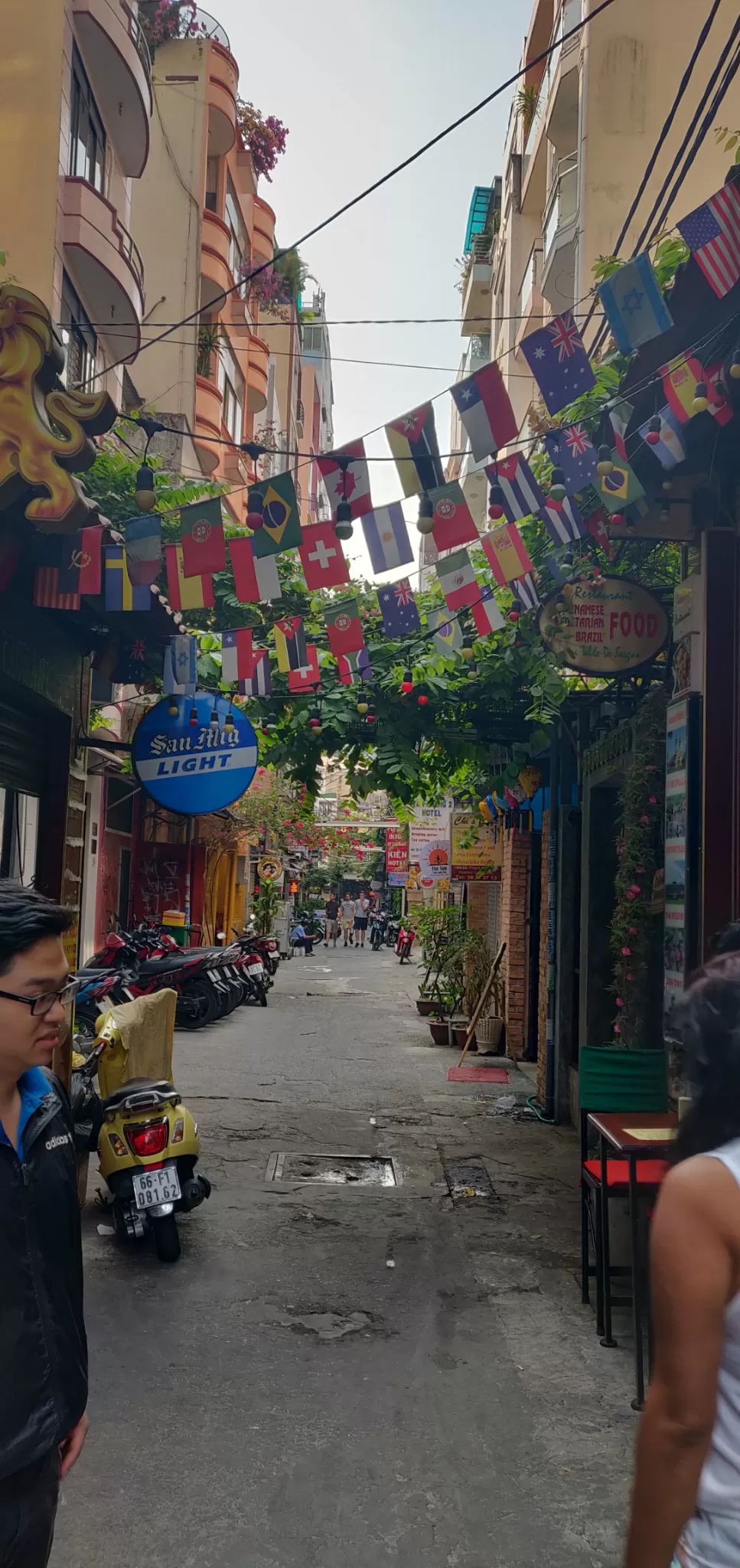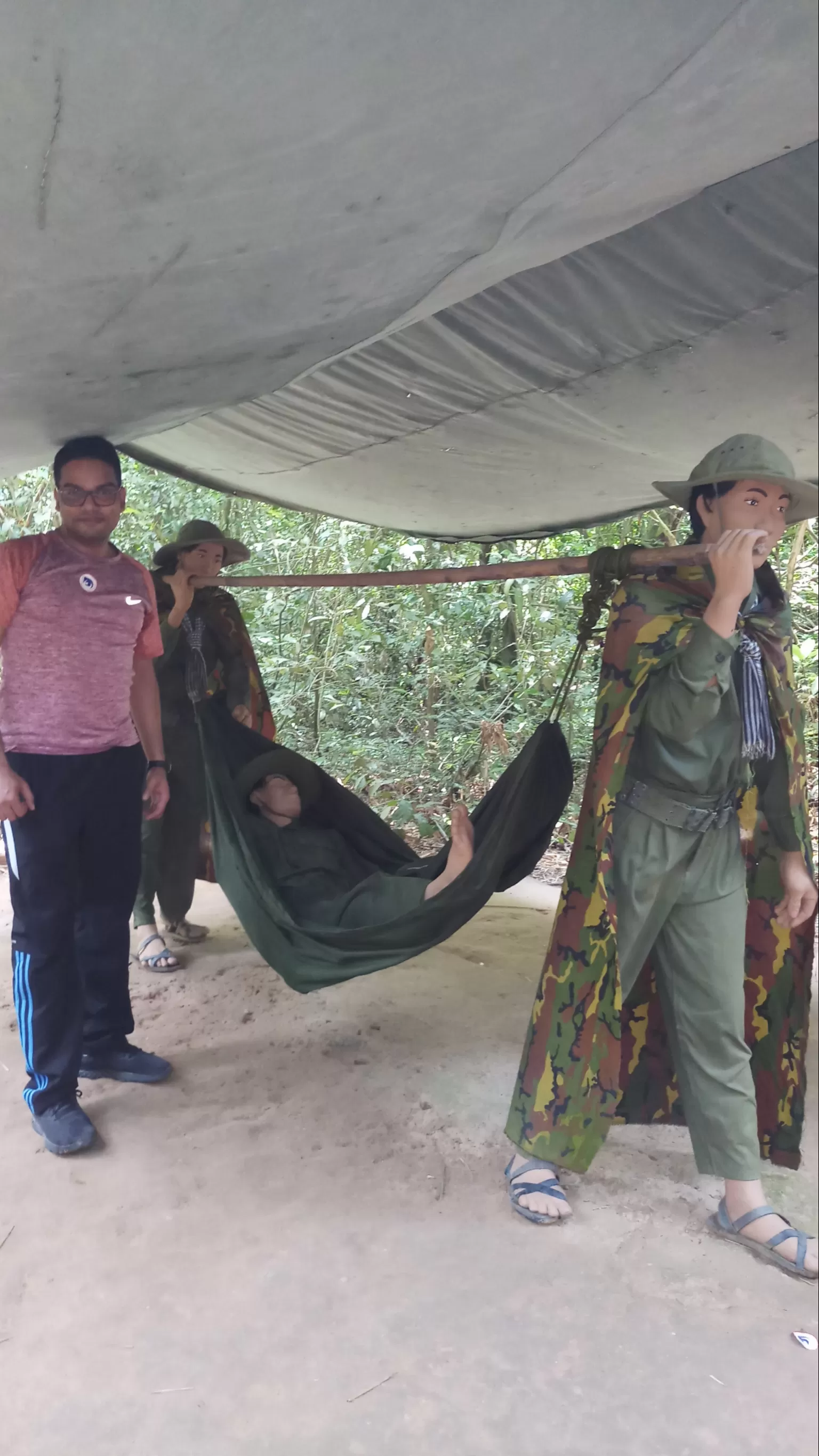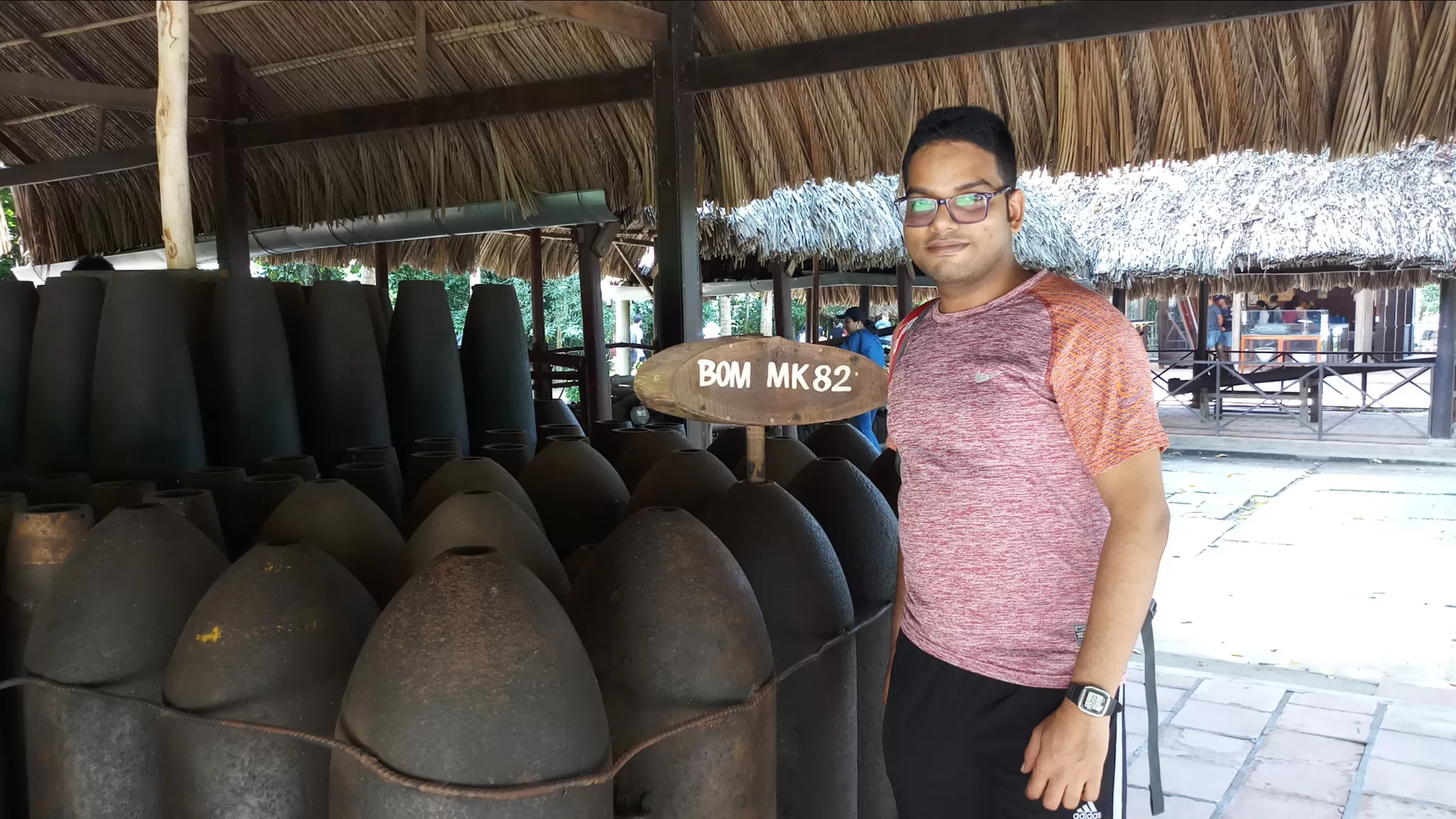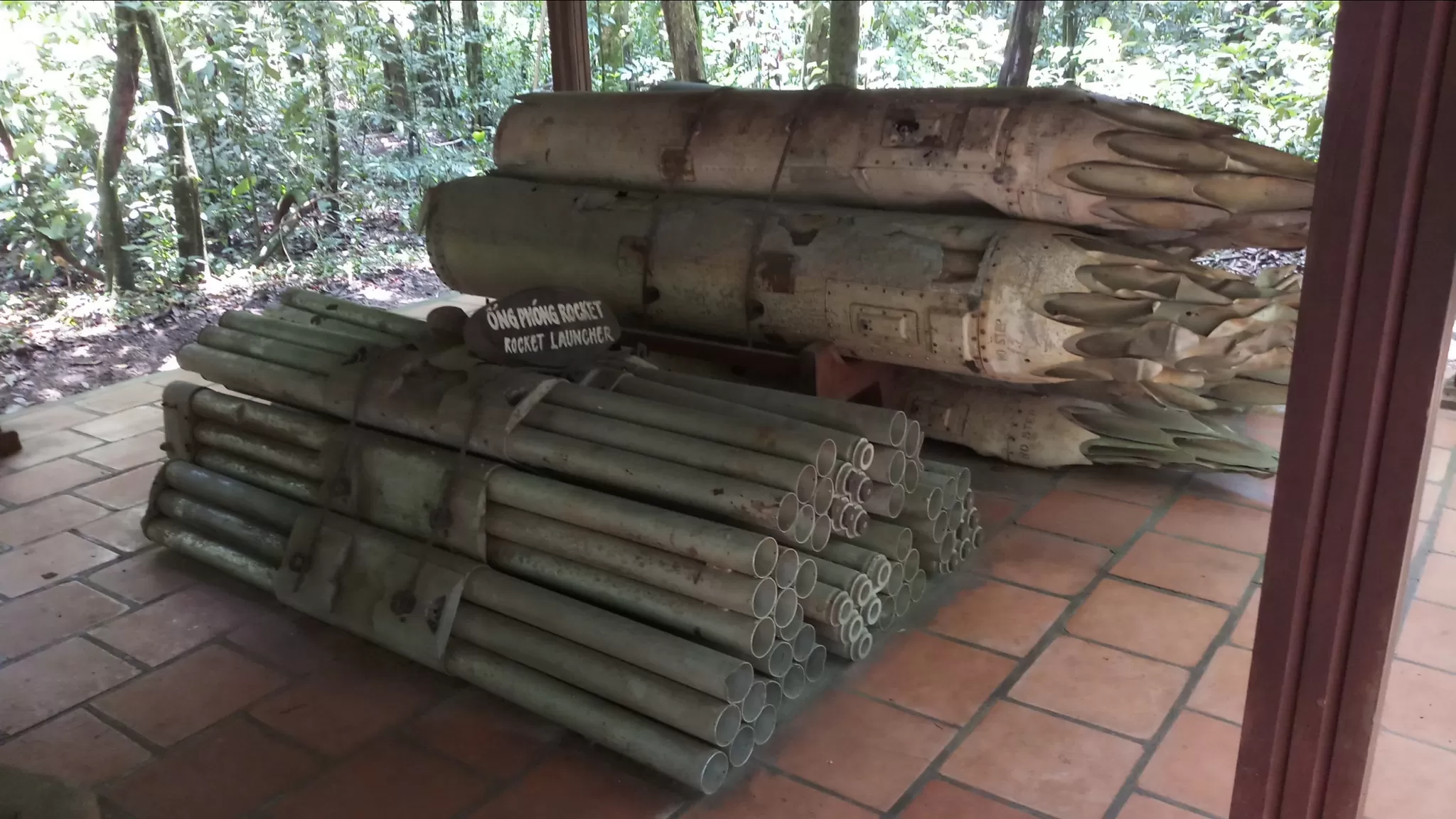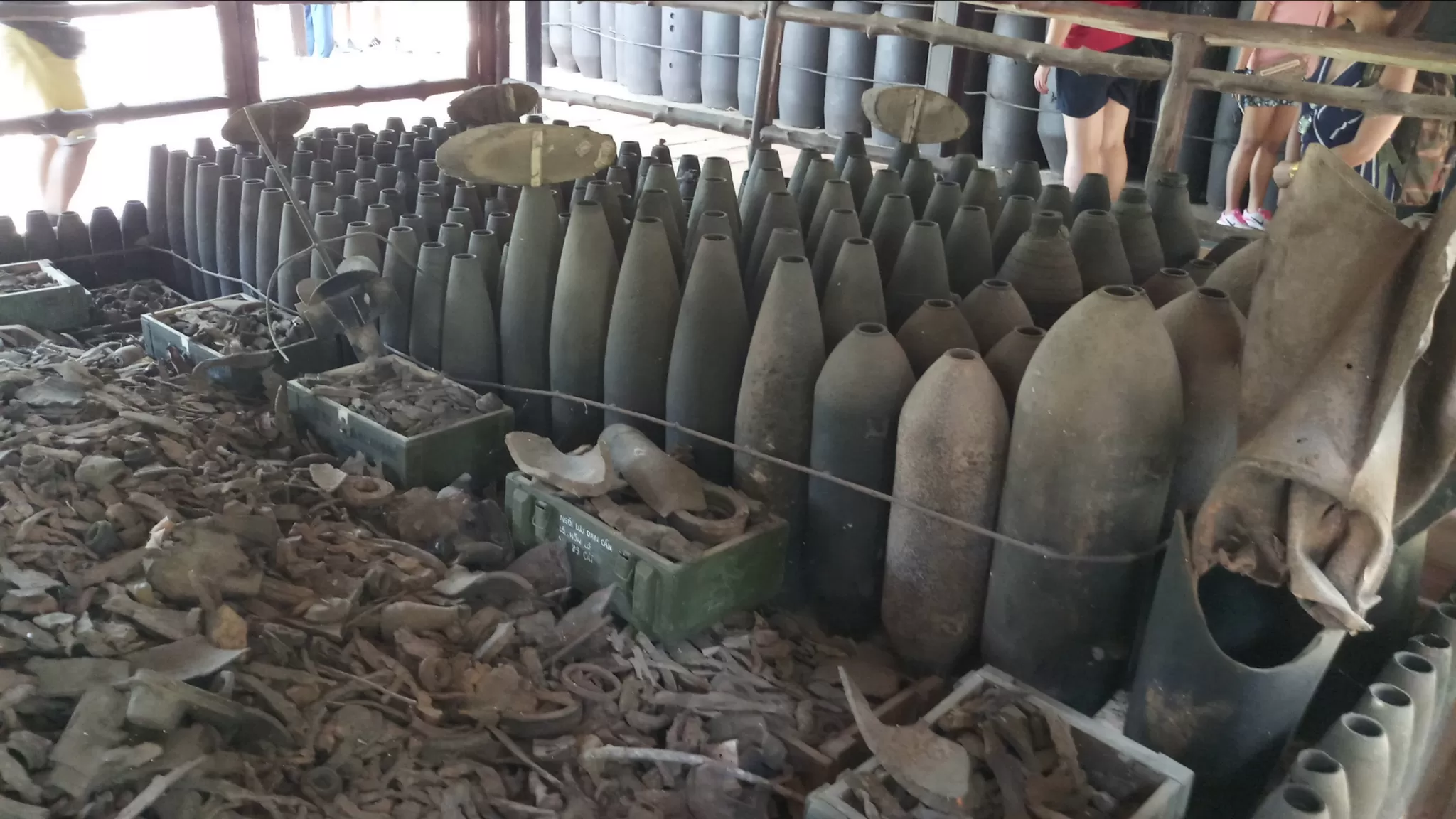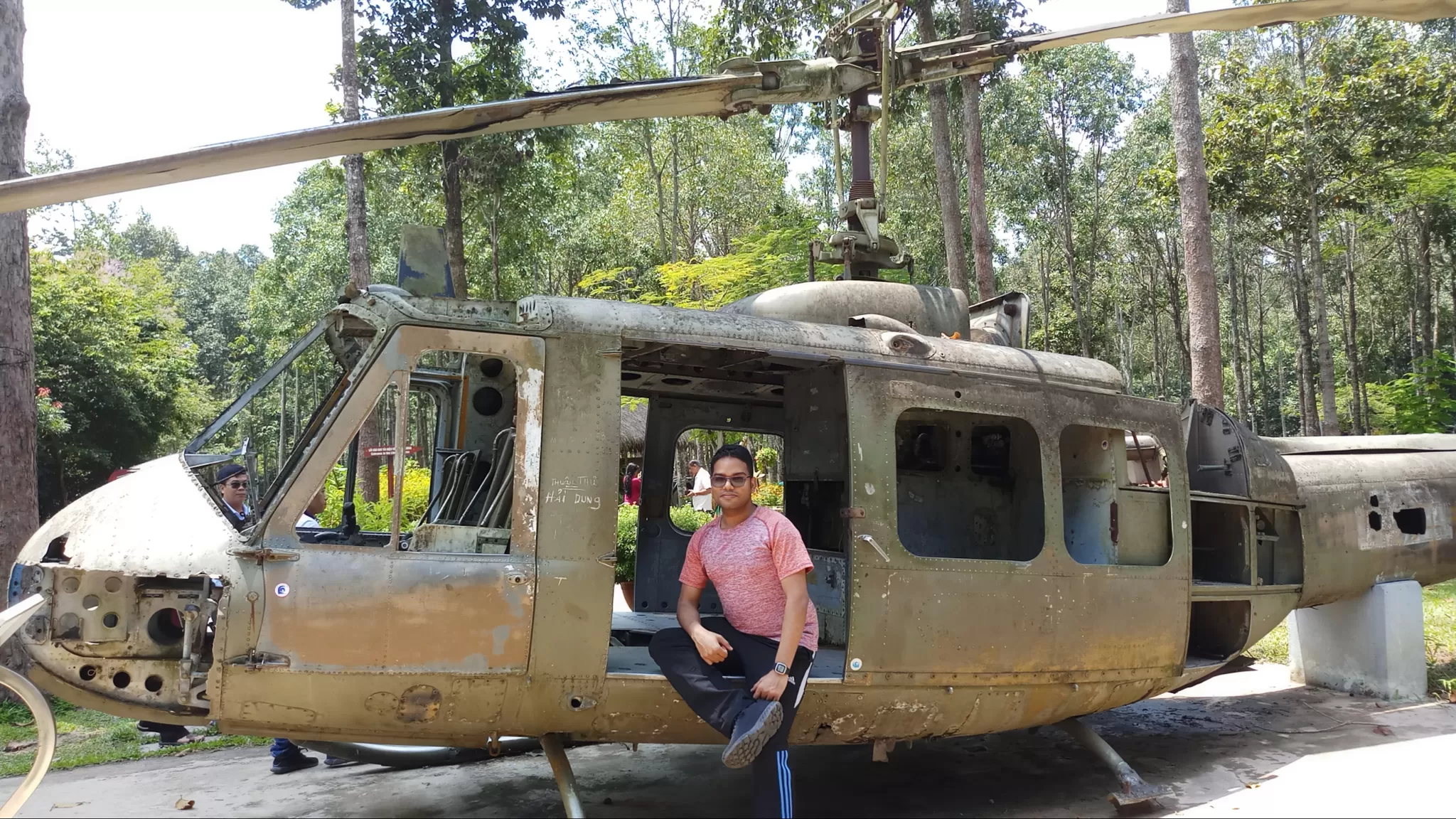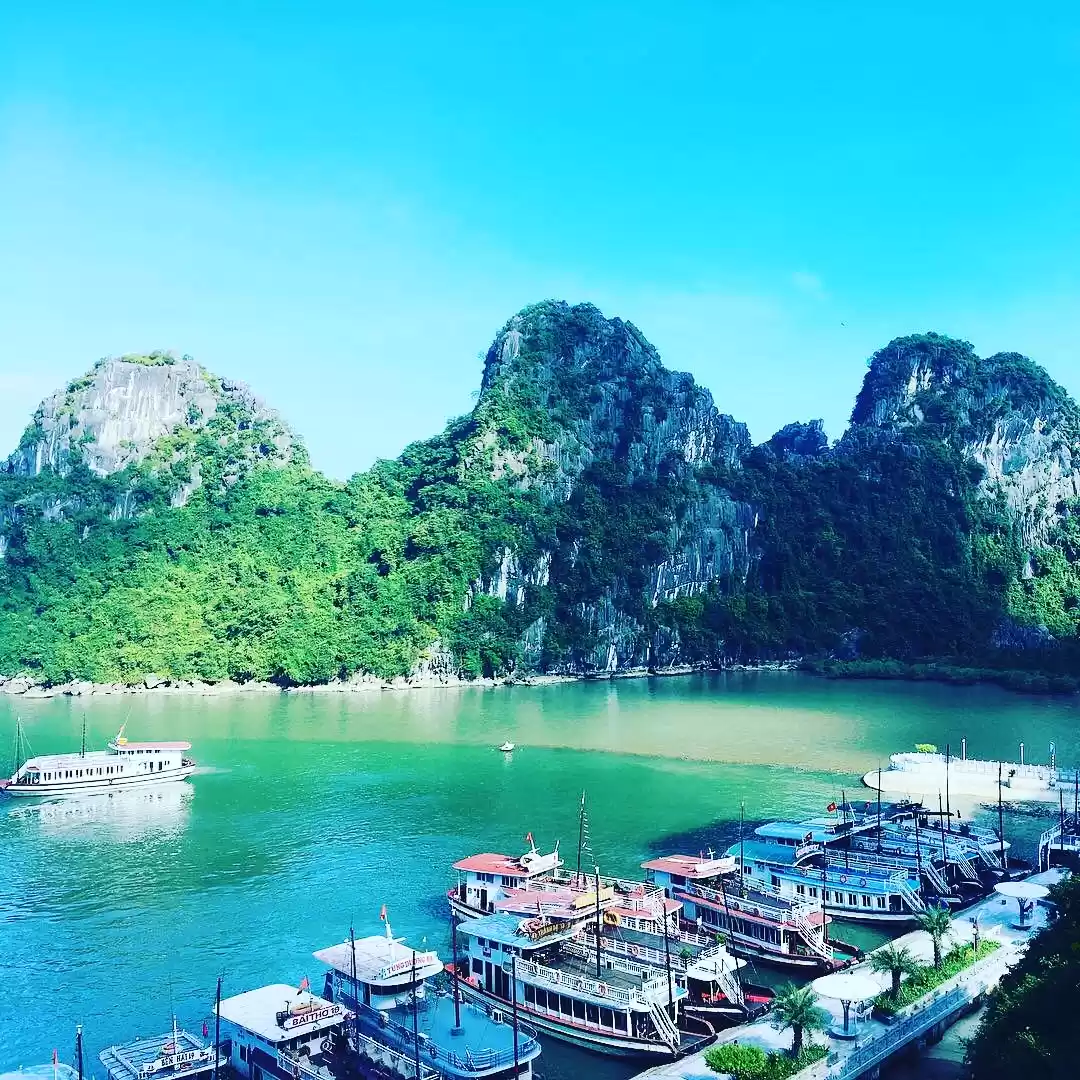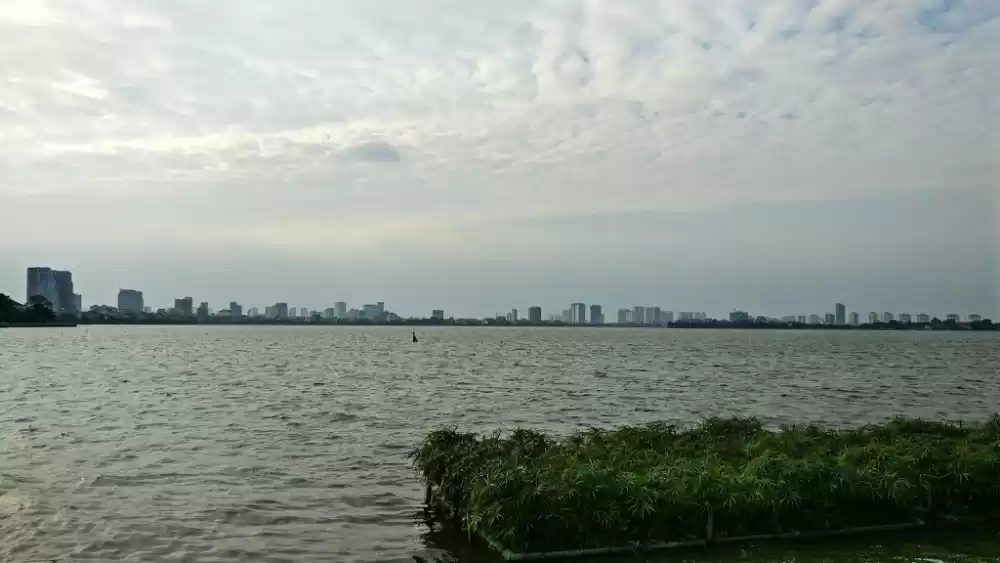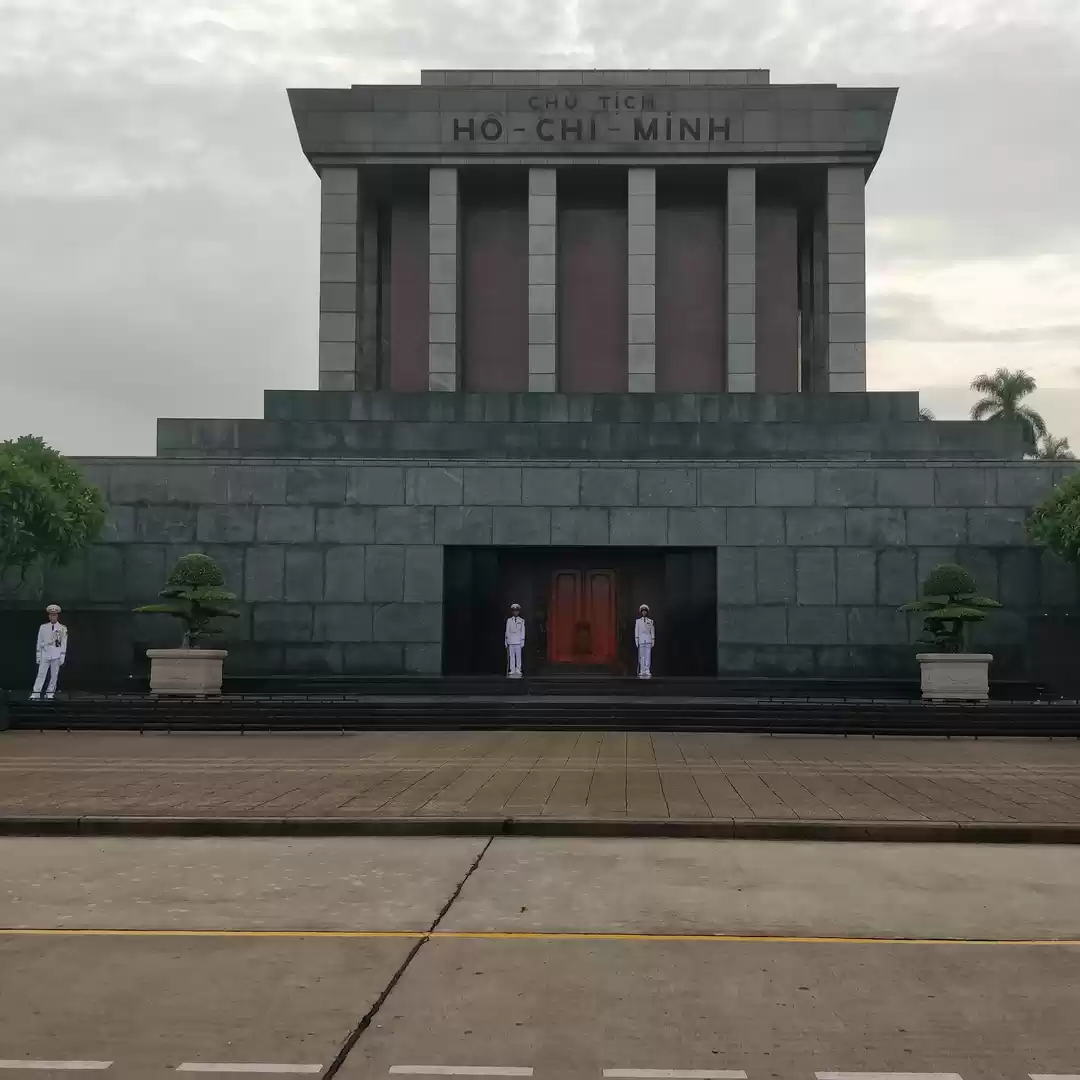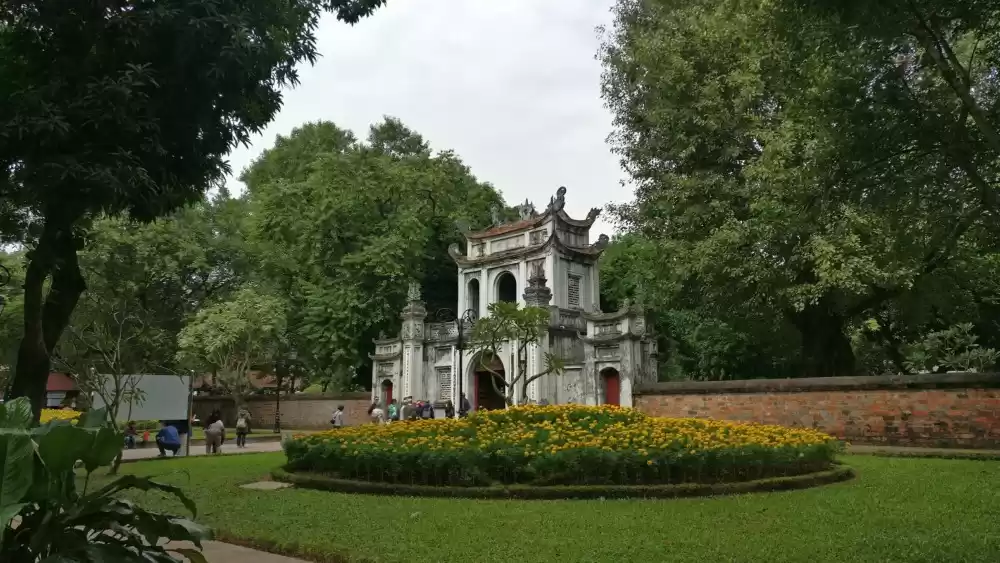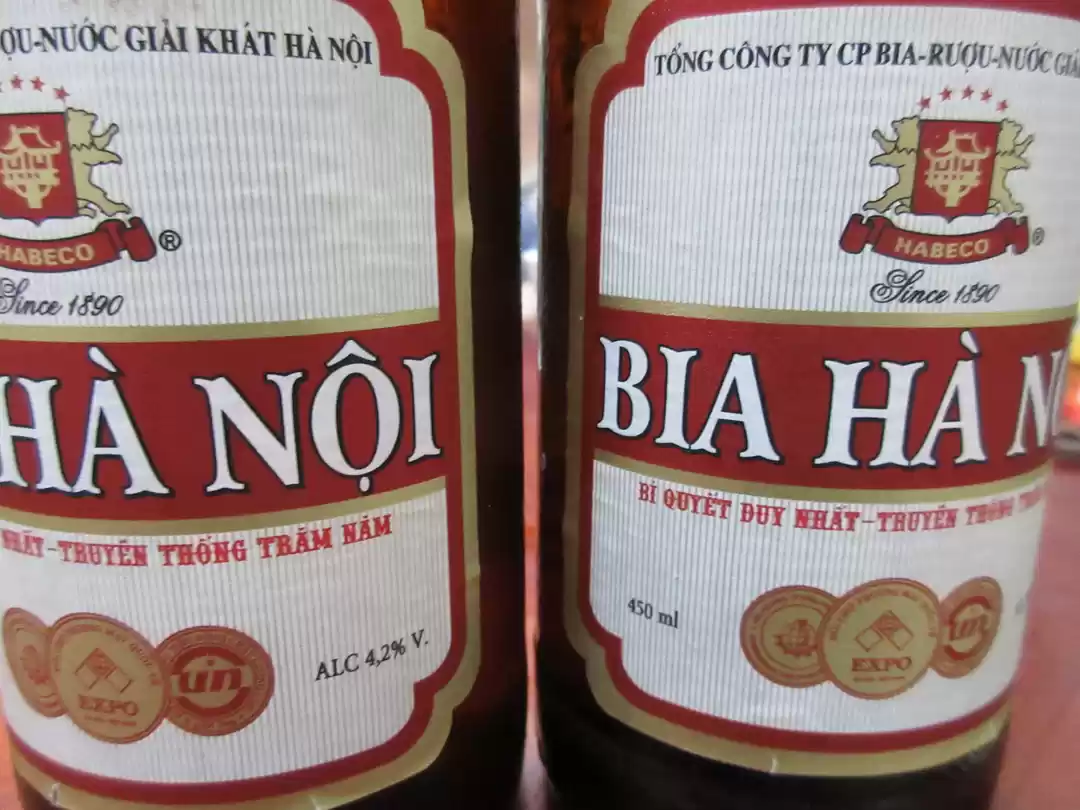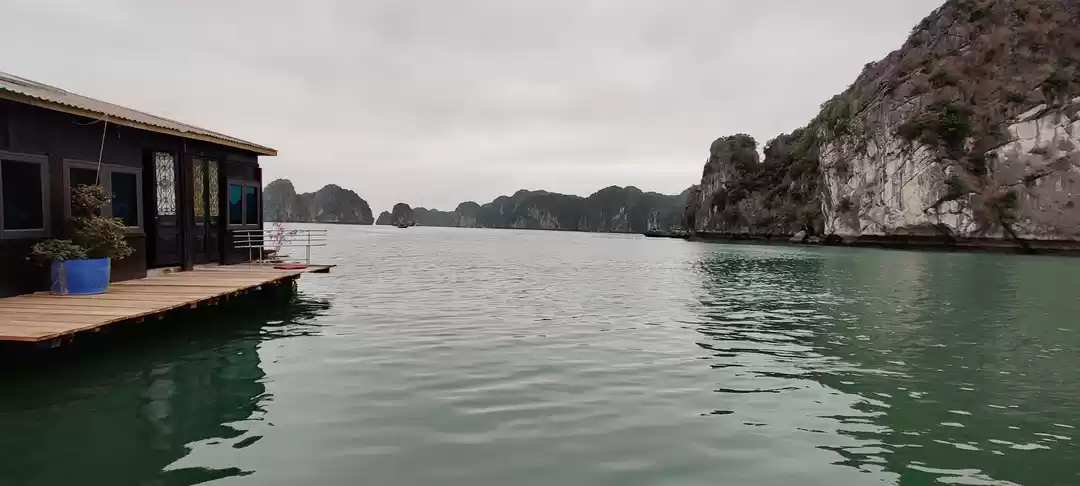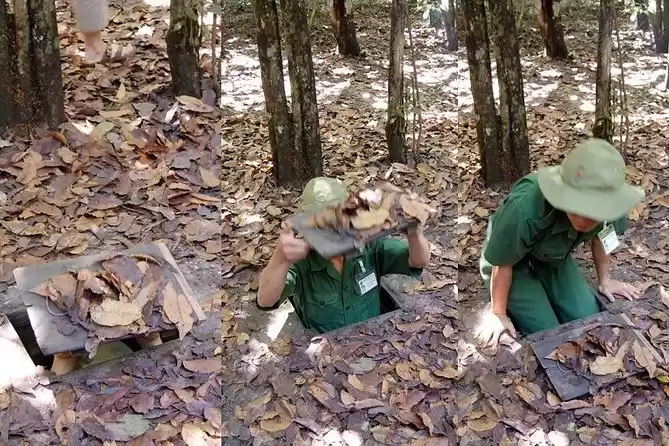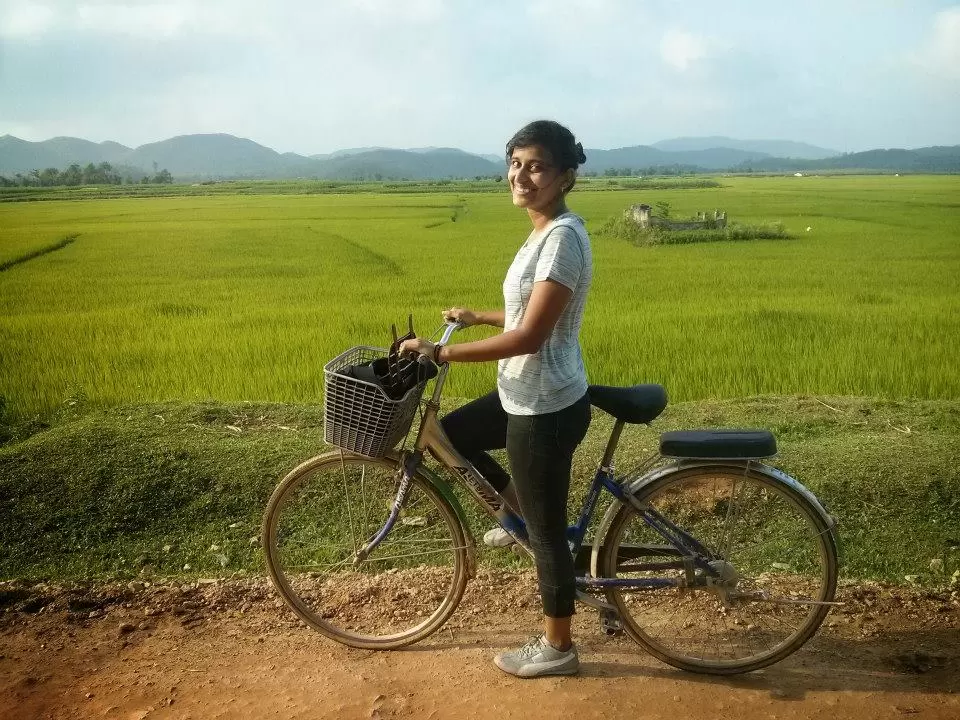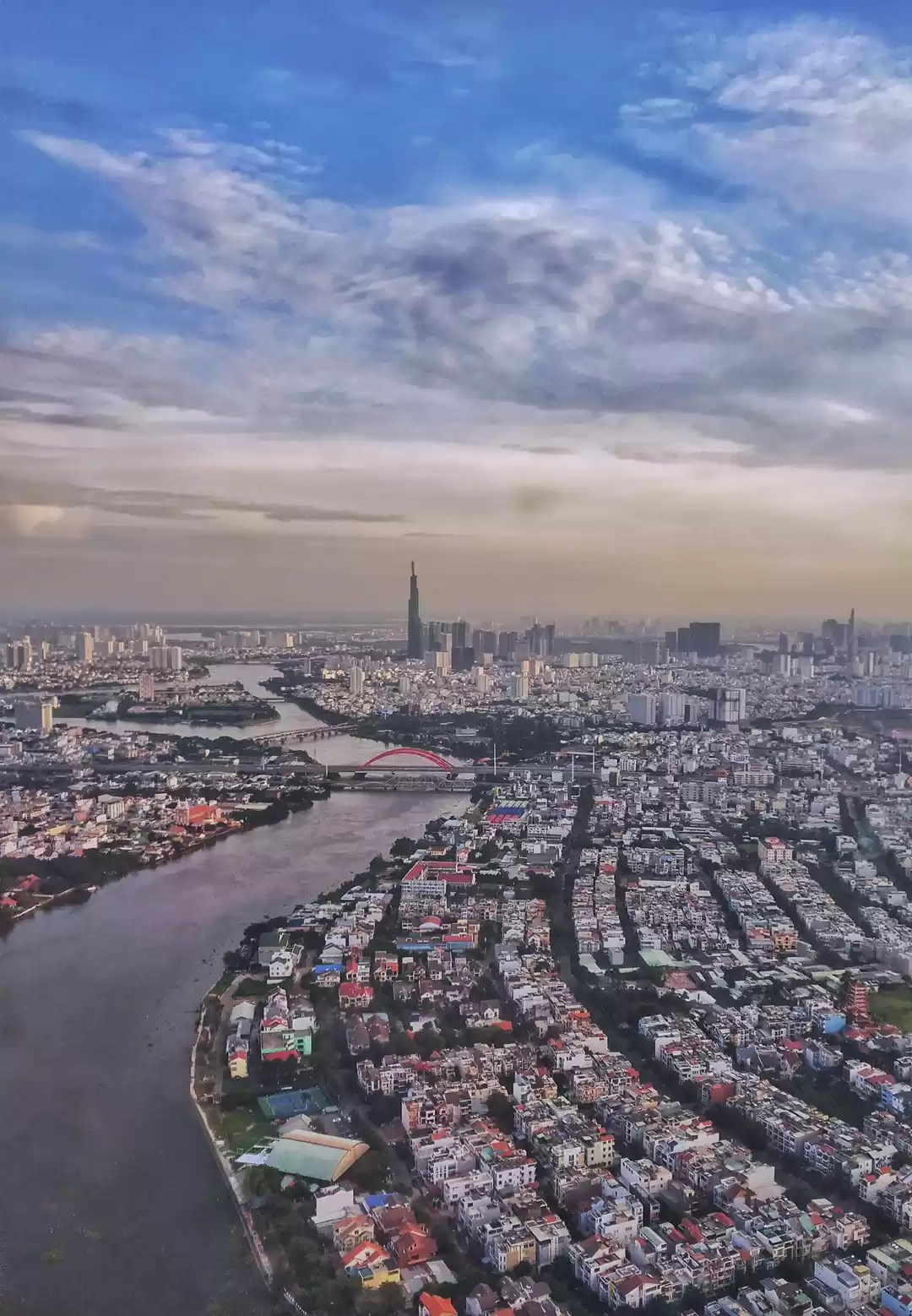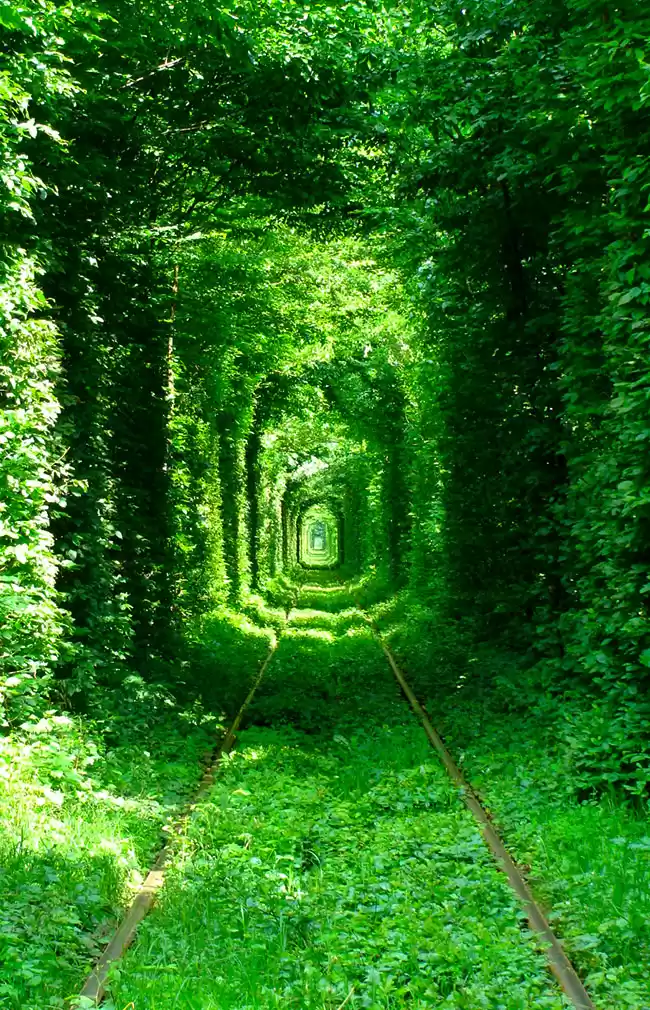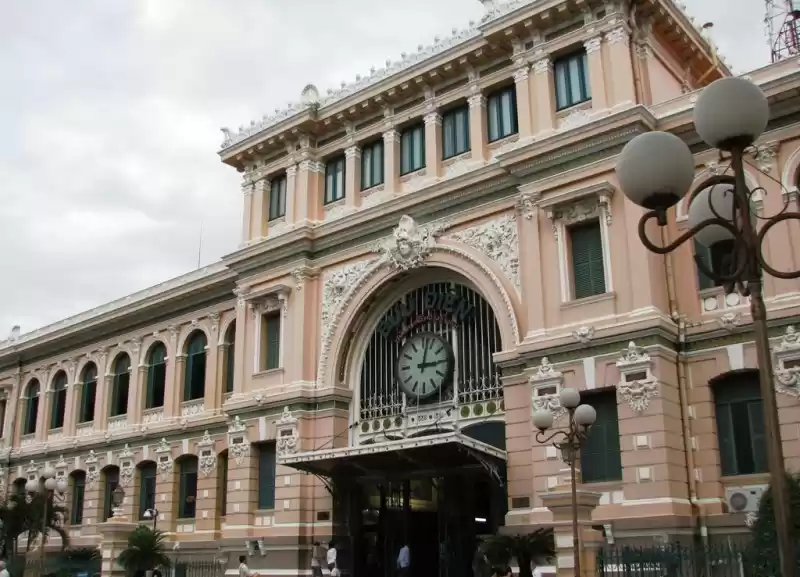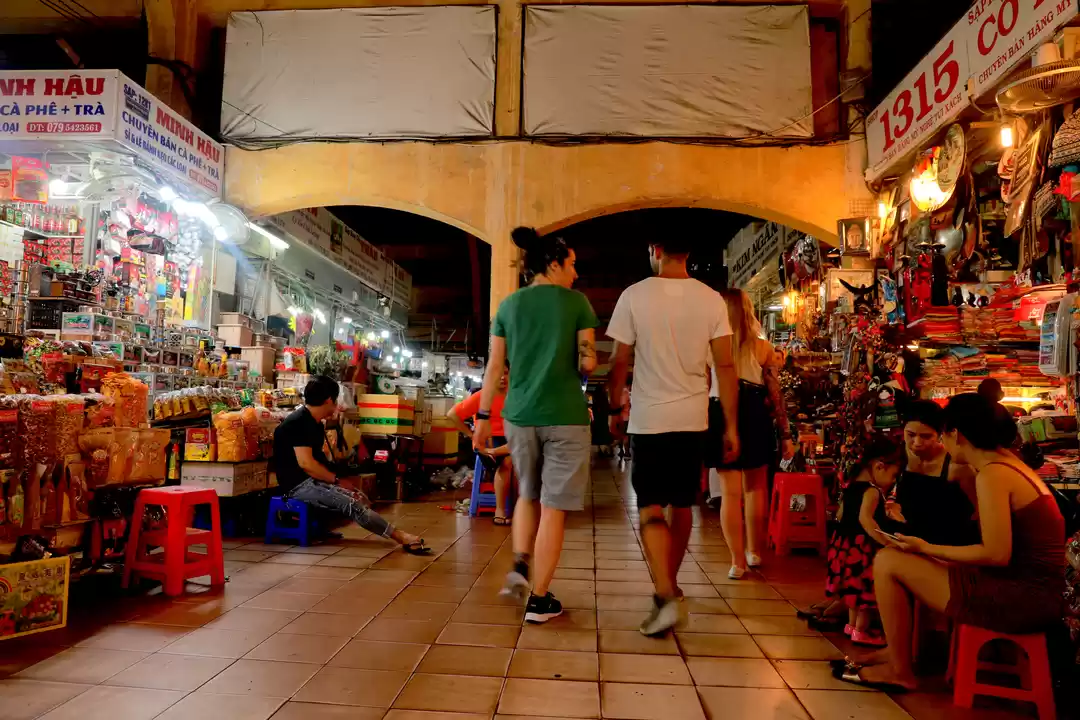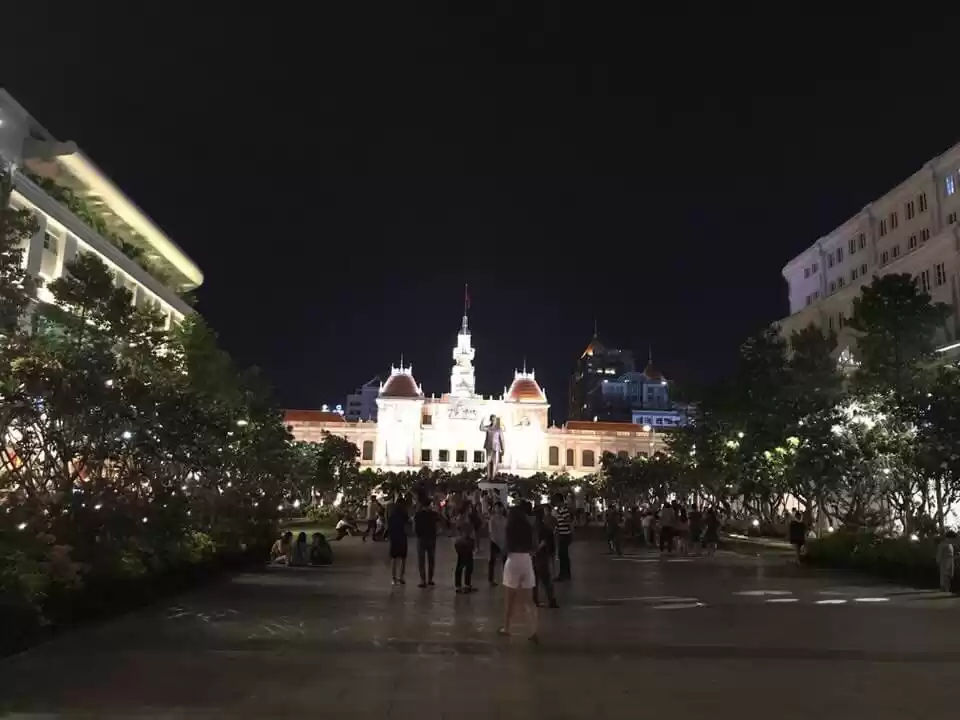Have you ever wondered what it would be like to explore a hidden world beneath the earth? If you are looking for an unforgettable and unique experience in Vietnam, then you should not miss the chance to visit Cu Chi Tunnels, the largest and most famous underground tunnel system in the country. Cu Chi Tunnels are a network of more than 200 km of tunnels that were used by the Viet Cong guerrillas during the Vietnam War as a base, a shelter, a hospital, a kitchen, and a battlefield.
Today, Cu Chi Tunnels are a popular tourist attraction that offers a glimpse into the history, culture, and resilience of the Vietnamese people. In this article, we will show you how to get to Cu Chi Tunnels from Ho Chi Minh City, what to see and do in Cu Chi Tunnels, what to eat and drink in Cu Chi Tunnels, and where to stay and relax in Cu Chi Tunnels. Whether you are a history buff, an adventure seeker, or a food lover, you will find something to enjoy and appreciate in Cu Chi Tunnels. So, let’s get ready to dive into the underground wonder of Vietnam!
How to Get to Cu Chi Tunnels from Ho Chi Minh City
Cu Chi Tunnels are located about 40 km northwest of Ho Chi Minh City, the largest and most vibrant city in Vietnam. There are several ways to get to Cu Chi Tunnels from Ho Chi Minh City, depending on your budget, preference, and schedule. Here are some of the most common options:
By bus: Taking a bus is the cheapest and most convenient way to get to Cu Chi Tunnels from Ho Chi Minh City. You can take bus number 13 from Ben Thanh bus station to Cu Chi bus station, and then take bus number 79 to Ben Dinh or Ben Duoc, the two main sites of Cu Chi Tunnels. The total journey takes about 2 hours and costs around 20,000 VND (less than 1 USD) per person.
By motorbike: If you are feeling adventurous and confident, you can rent a motorbike and drive to Cu Chi Tunnels by yourself. You can follow the National Highway 22 or the Hanoi Highway, and look for the signs to Cu Chi Tunnels along the way. The journey takes about 1.5 hours and costs around 150,000 VND (6.5 USD) for the motorbike rental and gas.
By taxi or Grab: If you want more comfort and privacy, you can take a taxi or Grab (a ride-hailing app) to Cu Chi Tunnels from Ho Chi Minh City. You can negotiate the price with the driver or use the meter, but expect to pay around 500,000 VND (22 USD) for a one-way trip. The journey takes about 1 hour and 15 minutes.
By private car: If you are traveling with a group of friends or family, you can hire a private car with a driver to take you to Cu Chi Tunnels from Ho Chi Minh City. You can book online or through your hotel, and enjoy the convenience and flexibility of having your own vehicle. The price varies depending on the size and type of the car, but usually ranges from 800,000 VND (35 USD) to 1,500,000 VND (65 USD) for a round trip. The journey takes about 1 hour and 15 minutes.
By boat: If you want to enjoy the scenic views of the Saigon River and avoid the traffic, you can take a boat to Cu Chi Tunnels from Ho Chi Minh City. You can join a tour that includes a speedboat ride, a guide, and a visit to Cu Chi Tunnels, or you can rent a private boat and explore at your own pace. The price depends on the tour operator or the boat owner, but usually ranges from 1,000,000 VND (43 USD) to 2,000,000 VND (86 USD) per person. The journey takes about 1 hour and 30 minutes.
Tips and advice for choosing the best option:
The best time to visit Cu Chi Tunnels is in the morning, when the weather is cooler and the crowds are smaller. You can avoid the peak hours of 10 am to 12 pm, when most of the tour groups arrive.
The best option for getting to Cu Chi Tunnels depends on your personal preference and travel style. If you are on a tight budget and don’t mind the public transportation, you can take a bus. If you are looking for some adventure and independence, you can rent a motorbike. If you want more comfort and privacy, you can take a taxi or Grab. If you are traveling with a group of friends or family, you can hire a private car. If you want to enjoy the scenic views of the river and avoid the traffic, you can take a boat.
No matter which option you choose, make sure to bring some essentials, such as water, sunscreen, hat, sunglasses, insect repellent, and comfortable shoes. You will also need some cash to pay for the entrance fee, the food, and the souvenirs. The entrance fee for Cu Chi Tunnels is 110,000 VND (5 USD) per person.
What to See and Do in Cu Chi Tunnels
Cu Chi Tunnels are divided into two main sites: Ben Dinh and Ben Duoc. Ben Dinh is closer to Ho Chi Minh City and more popular with tourists, while Ben Duoc is farther and more authentic. Both sites offer similar attractions and activities, but they have some differences and features that make them unique. Here are some of the things to see and do in Cu Chi Tunnels:
Cu Chi Tunnels complex: The main attraction of Cu Chi Tunnels is the tunnel complex itself, which consists of several levels of interconnected tunnels that were used by the Viet Cong guerrillas for various purposes. You can enter the tunnels through the trapdoors and crawl through the narrow and dark passages, where you can see the living quarters, the kitchens, the hospitals, the meeting rooms, and the weapons caches. You can also see the booby traps, the ventilation systems, and the secret exits that the guerrillas used to defend themselves and escape from the enemy. The tunnels are a testament to the ingenuity, courage, and endurance of the Vietnamese people during the war.
Military reenactment areas: Another attraction of Cu Chi Tunnels is the military reenactment areas, where you can see the replicas of the war scenes and the equipment that the guerrillas used to fight against the American and South Vietnamese forces. You can see the tanks, the helicopters, the bombs, the mines, the guns, and the uniforms that were used in the war. You can also watch the documentaries and the exhibitions that show the history and the impact of the war on the people and the country.
Shooting range: If you are feeling adventurous and want to experience the thrill of firing a real gun, you can visit the shooting range in Cu Chi Tunnels, where you can choose from a variety of weapons, such as the AK-47, the M16, the M60, and the M1 carbine. You can buy the bullets at the counter and shoot at the targets in a safe and supervised environment. The price depends on the type and the number of bullets, but usually ranges from 35,000 VND (1.5 USD) to 40,000 VND (1.7 USD) per bullet.
Swimming pool: If you are looking for some refreshment and relaxation after exploring the tunnels, you can visit the swimming pool in Cu Chi Tunnels, which is located in Ben Duoc site. The swimming pool is a natural spring that was used by the guerrillas as a water source during the war. Today, it is a popular spot for visitors to cool off and enjoy the nature. The swimming pool is free of charge, but you need to bring your own towel and swimsuit.
Wildlife rescue station: If you are a nature lover and an animal lover, you can visit the wildlife rescue station in Cu Chi Tunnels, which is located in Ben Dinh site. The wildlife rescue station is a non-profit organization that rescues, rehabilitates, and releases the endangered and injured animals that are confiscated from the illegal wildlife trade. You can see and learn about the animals, such as the bears, the monkeys, the civets, and the pangolins, and support their conservation efforts. The wildlife rescue station is free of charge, but you can make a donation or buy a souvenir to help their cause.
Fruit garden: If you are a food lover and want to taste some of the local fruits, you can visit the fruit garden in Cu Chi Tunnels, which is located in Ben Duoc site. The fruit garden is a large orchard that grows a variety of fruits, such as the mangoes, the bananas, the pineapples, and the jackfruits. You can walk around the garden and pick and eat the fruits that you like. The fruit garden is free of charge, but you need to pay for the fruits that you take.

Tips and advice for seeing and doing in Cu Chi Tunnels:
The best time to visit Cu Chi Tunnels is in the dry season, from December to April, when the weather is sunny and pleasant, and the tunnels are dry and comfortable. You can avoid the rainy season, from May to November, when the weather is hot and humid, and the tunnels are wet and muddy.
The best option for visiting Cu Chi Tunnels depends on your personal preference and travel style. If you want to see the more popular and touristy site, you can visit Ben Dinh. If you want to see the more authentic and original site, you can visit Ben Duoc. If you have enough time and interest, you can visit both sites and compare and contrast them.
No matter which site you choose, make sure to follow the safety rules and the instructions of the guides and the staff, as the tunnels can be dangerous and challenging for some people. You should also respect the history and the culture of Cu Chi Tunnels, and avoid any inappropriate or disrespectful behavior.
Swimming pool: If you are looking for some refreshment and relaxation after exploring the tunnels, you can visit the swimming pool in Cu Chi Tunnels, which is located in Ben Duoc site. The swimming pool is a natural spring that was used by the guerrillas as a water source during the war. Today, it is a popular spot for visitors to cool off and enjoy the nature. The swimming pool is free of charge, but you need to bring your own towel and swimsuit.
Wildlife rescue station: If you are a nature lover and an animal lover, you can visit the wildlife rescue station in Cu Chi Tunnels, which is located in Ben Dinh site. The wildlife rescue station is a non-profit organization that rescues, rehabilitates, and releases the endangered and injured animals that are confiscated from the illegal wildlife trade. You can see and learn about the animals, such as the bears, the monkeys, the civets, and the pangolins, and support their conservation efforts. The wildlife rescue station is free of charge, but you can make a donation or buy a souvenir to help their cause.
Fruit garden: If you are a food lover and want to taste some of the local fruits, you can visit the fruit garden in Cu Chi Tunnels, which is located in Ben Duoc site. The fruit garden is a large orchard that grows a variety of fruits, such as the mangoes, the bananas, the pineapples, and the jackfruits. You can walk around the garden and pick and eat the fruits that you like. The fruit garden is free of charge, but you need to pay for the fruits that you take.
Tips and advice for seeing and doing in Cu Chi Tunnels:
The best time to visit Cu Chi Tunnels is in the dry season, from December to April, when the weather is sunny and pleasant, and the tunnels are dry and comfortable. You can avoid the rainy season, from May to November, when the weather is hot and humid, and the tunnels are wet and muddy.
The best option for visiting Cu Chi Tunnels depends on your personal preference and travel style. If you want to see the more popular and touristy site, you can visit Ben Dinh. If you want to see the more authentic and original site, you can visit Ben Duoc. If you have enough time and interest, you can visit both sites and compare and contrast them.
No matter which site you choose, make sure to follow the safety rules and the instructions of the guides and the staff, as the tunnels can be dangerous and challenging for some people. You should also respect the history and the culture of Cu Chi Tunnels, and avoid any inappropriate or disrespectful behavior.
What to Eat and Drink in Cu Chi Tunnels
One of the best ways to experience the culture and the lifestyle of Cu Chi Tunnels is to try the local cuisine and specialties, which are simple, delicious, and nutritious. Cu Chi Tunnels are famous for their rice paper, grilled meat, and rice wine, which are the staple food and drink of the guerrillas and the villagers. Here are some of the dishes and drinks that you should not miss in Cu Chi Tunnels:
Cu Chi rice paper: Cu Chi rice paper is a thin and crispy cracker made from rice flour, water, and salt, which is baked on a charcoal fire. Cu Chi rice paper is often eaten as a snack or a side dish, with some dipping sauce, herbs, and vegetables. Cu Chi rice paper is also used to wrap the grilled meat, creating a tasty and satisfying combination.
Cu Chi grilled chicken: Cu Chi grilled chicken is a succulent and tender chicken that is marinated with honey, lemongrass, garlic, and spices, and then grilled over a charcoal fire. Cu Chi grilled chicken is served with rice paper, fresh herbs, cucumber, and a special sauce made from fish sauce, lime juice, sugar, and chili. Cu Chi grilled chicken is a hearty and flavorful dish that will make you lick your fingers.
Cu Chi grilled fish: Cu Chi grilled fish is a fresh and juicy fish that is stuffed with lemongrass, ginger, and onion, and then grilled over a charcoal fire. Cu Chi grilled fish is served with rice paper, fresh herbs, pineapple, and a tangy sauce made from tamarind, sugar, and chili. Cu Chi grilled fish is a light and refreshing dish that will make you feel the tropical breeze.
Cu Chi grilled pork: Cu Chi grilled pork is a tender and juicy pork that is marinated with soy sauce, sugar, and pepper, and then grilled over a charcoal fire. Cu Chi grilled pork is served with rice paper, fresh herbs, carrot, and a sweet and sour sauce made from vinegar, sugar, and garlic. Cu Chi grilled pork is a simple and satisfying dish that will make you feel the warmth of the fire.
Cu Chi rice wine: Cu Chi rice wine is a strong and smooth liquor made from fermented rice, yeast, and water, which is distilled in a clay pot. Cu Chi rice wine is often drunk as a toast or a celebration, with some roasted peanuts, salt, and pepper. Cu Chi rice wine is a potent and invigorating drink that will make you feel the spirit of the guerrillas.
Tips and advice for eating and drinking in Cu Chi Tunnels:
The best place to eat and drink in Cu Chi Tunnels is the local restaurants and stalls that are located near the entrance of the sites, where you can find the authentic and fresh dishes and drinks that are prepared by the villagers. You can also find some souvenir shops that sell the rice paper, the rice wine, and other local products that you can take home or give as gifts.
The best time to eat and drink in Cu Chi Tunnels is in the afternoon, when you can enjoy the food and drink after exploring the tunnels, and relax and chat with the locals and the guides. You can also eat and drink in the evening, when you can join the campfire and the music show that are organized by the sites, and experience the festive and lively atmosphere of Cu Chi Tunnels.
No matter when and where you eat and drink in Cu Chi Tunnels, make sure to follow the etiquette and the customs of the locals, and appreciate the hospitality and the generosity of the villagers. You should also be careful with the hygiene and the quality of the food and drink, and avoid any allergic or adverse reactions.
Where to Stay and Relax in Cu Chi Tunnels
After a day of exploring and learning about Cu Chi Tunnels, you may want to find a place to stay and relax in Cu Chi Tunnels, where you can enjoy the tranquility and the beauty of the countryside. Cu Chi Tunnels offer some options and choices for accommodation and relaxation, such as hotels, resorts, homestays, spas, and camping sites. Here are some of the options and choices that you can consider:
Hotels: If you prefer the comfort and convenience of a hotel, you can find some hotels near Cu Chi Tunnels that offer clean and cozy rooms, friendly and helpful staff, and modern amenities, such as Wi-Fi, air-conditioning, and TV. Some of the hotels that you can check out are [Les Hameaux de l’Orient], [Cu Chi Boutique Hotel], and [Cu Chi Hotel]. The price for a hotel room ranges from 300,000 VND (13 USD) to 1,000,000 VND (43 USD) per night.
Resorts: If you want to indulge yourself in a luxurious and relaxing resort, you can find some resorts near Cu Chi Tunnels that offer spacious and elegant rooms, professional and attentive staff, and excellent facilities, such as swimming pools, spas, gyms, and restaurants. Some of the resorts that you can check out are [An Lam Retreats Saigon River], [Saigon River Resort & Spa], and [Tan Lap Floating Village Resort]. The price for a resort room ranges from 1,500,000 VND (65 USD) to 4,000,000 VND (173 USD) per night.
Homestays: If you want to experience the authentic and rustic life of the locals, you can find some homestays near Cu Chi Tunnels that offer simple and comfortable rooms, warm and hospitable hosts, and delicious and homemade meals, such as the rice paper, the grilled meat, and the rice wine. Some of the homestays that you can check out are [Cu Chi Homestay], [Cu Chi Farmstay], and [Cu Chi Riverside Homestay]. The price for a homestay room ranges from 150,000 VND (6.5 USD) to 500,000 VND (22 USD) per night.
Spas: If you want to pamper yourself and rejuvenate your body and mind, you can find some spas near Cu Chi Tunnels that offer a variety of services and treatments, such as massages, facials, manicures, and pedicures. You can choose from traditional Vietnamese therapies, such as the herbal bath, the hot stone massage, and the lemongrass oil massage, or modern Western therapies, such as the Swedish massage, the aromatherapy massage, and the reflexology massage. Some of the spas that you can check out are [Cu Chi Spa], [Cu Chi Wellness Spa], and [Cu Chi Lotus Spa]. The price for a spa service or treatment ranges from 100,000 VND (4.3 USD) to 500,000 VND (22 USD) per hour.
Camping sites: If you want to enjoy the nature and the adventure of sleeping under the stars, you can find some camping sites near Cu Chi Tunnels that offer a fun and exciting experience, where you can pitch your own tent, make your own fire, and cook your own food. You can also join some activities, such as hiking, biking, fishing, and kayaking. Some of the camping sites that you can check out are [Cu Chi Camping], [Cu Chi Eco Camping], and [Cu Chi Wild Camping]. The price for a camping site ranges from 50,000 VND (2.2 USD) to 200,000 VND (8.6 USD) per night.
Tips and advice for finding and booking the best option:
The best time to stay and relax in Cu Chi Tunnels is in the dry season, from December to April, when the weather is sunny and pleasant, and the accommodation and relaxation options are more available and affordable. You can avoid the rainy season, from May to November, when the weather is hot and humid, and the accommodation and relaxation options are more limited and expensive.
The best option for staying and relaxing in Cu Chi Tunnels depends on your personal preference and travel style. If you prefer the comfort and convenience of a hotel, you can book a hotel. If you want to indulge yourself in a luxurious and relaxing resort, you can book a resort. If you want to experience the authentic and rustic life of the locals, you can book a homestay. If you want to pamper yourself and rejuvenate your body and mind, you can book a spa. If you want to enjoy the nature and the adventure of sleeping under the stars, you can book a camping site.

